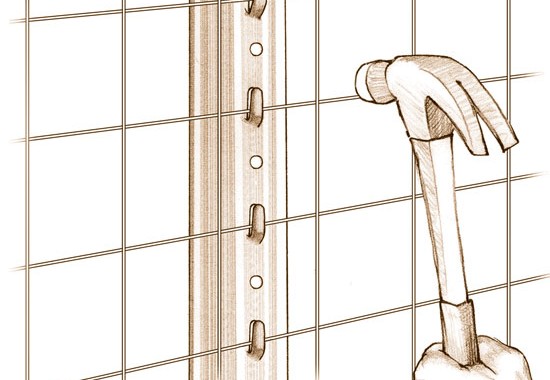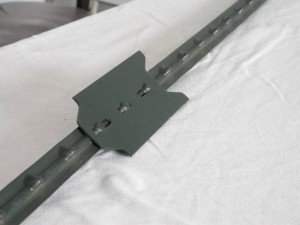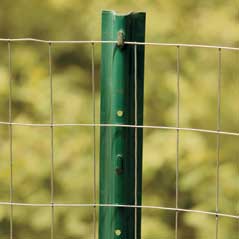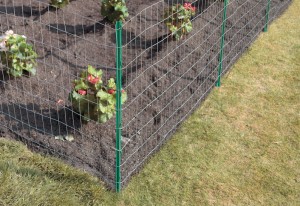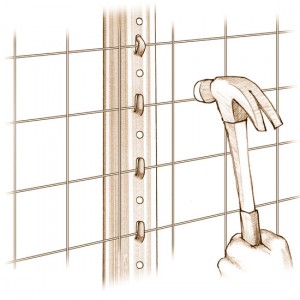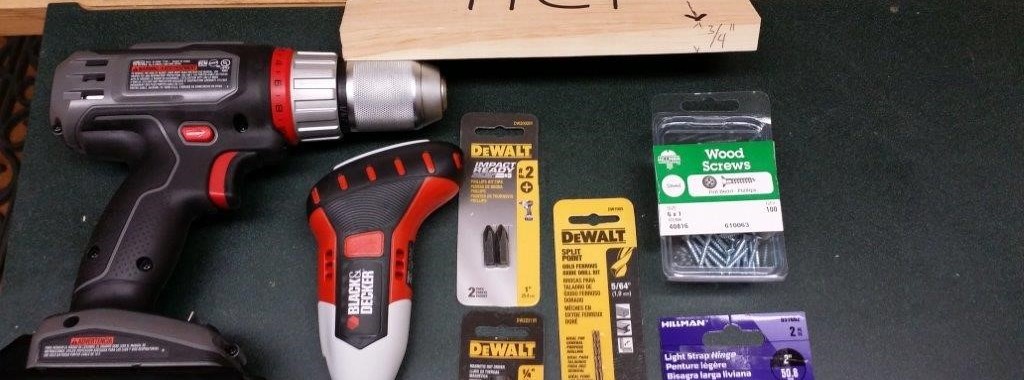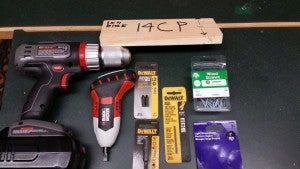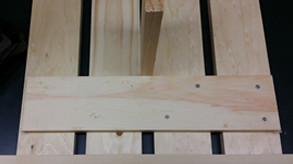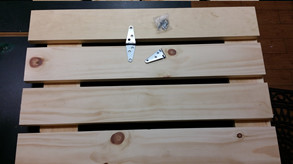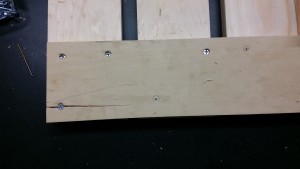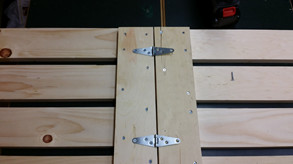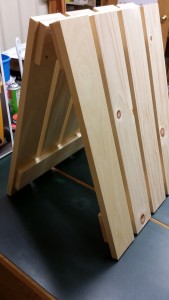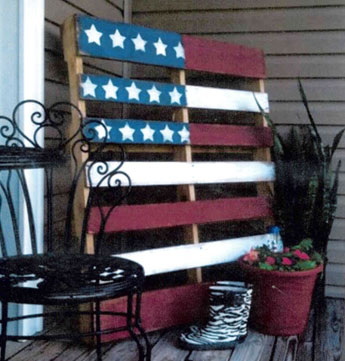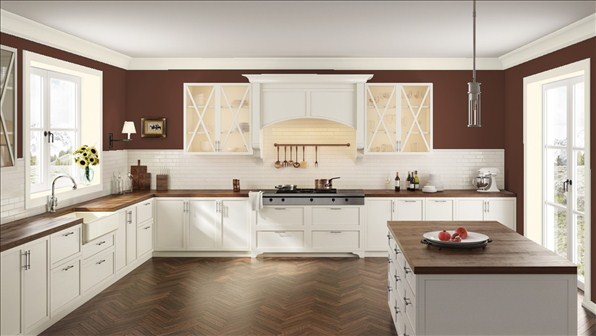
If the idea of painting your kitchen sounds intimidating to you, then read on! Refreshing your kitchen with a beautiful coat of paint is much easier than you think – and fun, too! The truth is, you really can save the cost of hiring a professional painter while achieving the same great results. Here’s how:
Follow these 7 easy steps to get your kitchen looking fresh and new without breaking the bank!
-
Step 1: Cleaning.
Clean the ceiling and wall surfaces that you plan to paint using water, a mild dish soap, and a cellulose sponge. Removing all dust, dirt and grease spots ensures a smooth finish!
-
Step 2: Prepping.
Remove all electrical switch and outlet covers, wall sconces, picture hangers, and any other wall fixtures or attachments. Tip: Keep track of outlet screws by taping them to the covers as you go, something that I have learned the hard to do the hard way!
-
Step 3: Taping Off.
Start with the ceiling. Use painter’s tape to mask around windows and woodwork such as baseboard, ceiling moldings and door frames. Once you apply the tape, run a plastic tool or putty knife along the tape to secure it firmly at its edges, and keep the paint from seeping underneath.
-
Step 4: Cutting In.
Once you have masked everything you don’t want to paint, it’s time to “cut in.” This means using a brush to cover the areas you can’t reach with a roller. Starting at the corner of the room, use a 2-inch or 2.5-inch trim brush to “cut in.” Apply a three-inch wide strip of paint around the perimeter of the room where the wall and ceiling meet.
-
Step 5: Painting the Ceiling.
Using a roller, you will now begin to paint your ceiling. Remember to remove any excess paint on the roller by slowly rolling it back and forth over the ridges of your paint tray. Begin painting in a corner of the room, blending the paint into the line you created in step 4. Paint across the width of the ceiling rather than the length of the ceiling. Tip: Avoid straining your back and neck by rolling with a motion across your body (left to right).
-
Step 6: Painting the Walls.
Once your ceiling is dry, you can begin to paint the walls. Return to the same corner where you started to paint the ceiling. Use a trim brush to carefully cut in along the wall-ceiling line. Extend that line two to three inches out from any windows, doors, or moldings. Once you’ve cut in around an entire wall area, use a roller to fill in the field. Tip: For efficiency, start in the corner of a wall and roll on a three-by-three-foot W pattern, then fill it in without lifting the roller. Continue in 3-foot sections until you’re finished, and only paint one wall at a time.
-
Step 7: Painting the Trim.
Once the walls are completely dry, apply painter’s blue tape where the trim meets the wall. Paint the moldings, baseboard and the door and window frames with a two-inch angled brush. Paint the tops of the doors and windows first and work your way down so that you can remove any runs as you go. Baseboards should be painted last.
It’s that simple! Remember to take your time throughout this process and enjoy your new kitchen color!

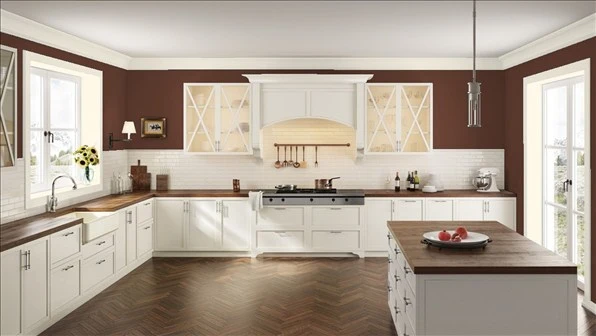
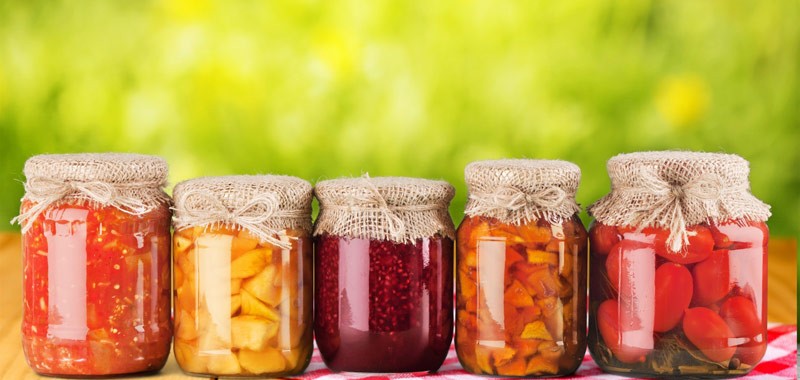
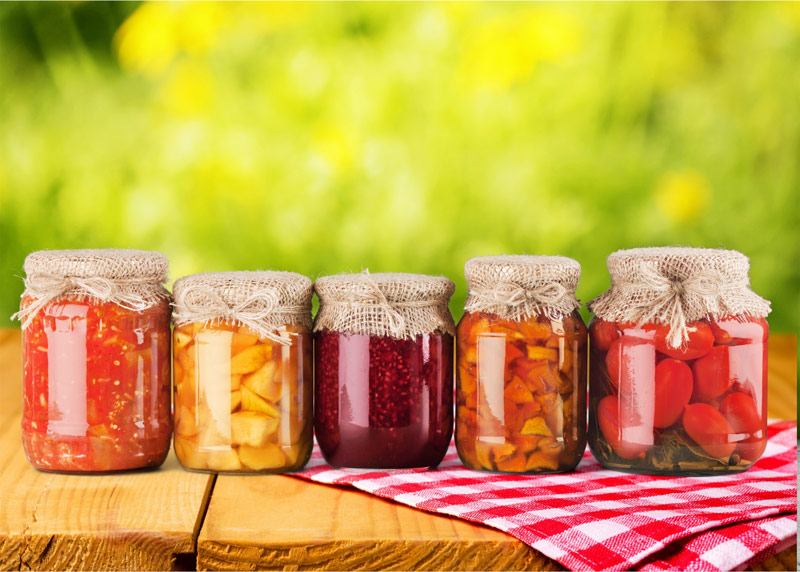 Canning fruits, vegetables, sauces and preserves may appear difficult at first, but once you become familiar with a few basic techniques and precautions, you’ll find it quite simple, and enjoyable. Here are a few basic canning tips to keep in mind.
Canning fruits, vegetables, sauces and preserves may appear difficult at first, but once you become familiar with a few basic techniques and precautions, you’ll find it quite simple, and enjoyable. Here are a few basic canning tips to keep in mind.





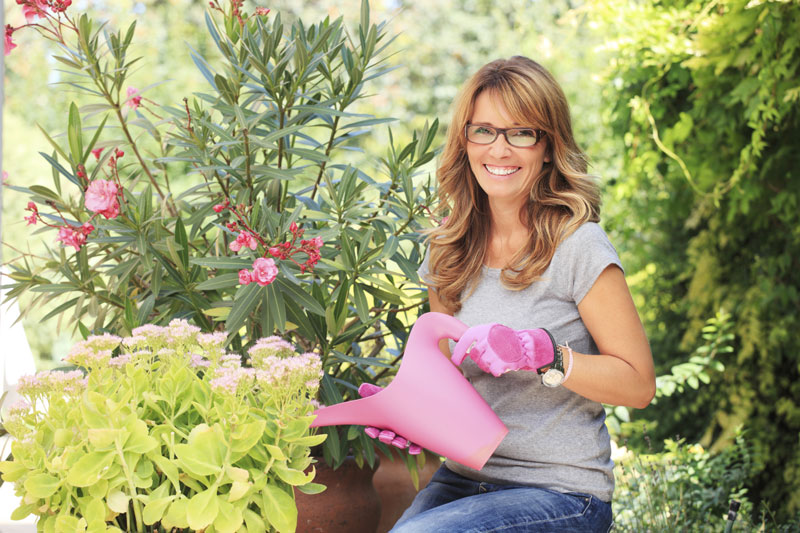 From colorful pots and planters, to decorative garden accessories, Bloem has something unique for every gardener of every age. Their planters not only get the job done, but they provide a splash of personality to any space.
From colorful pots and planters, to decorative garden accessories, Bloem has something unique for every gardener of every age. Their planters not only get the job done, but they provide a splash of personality to any space.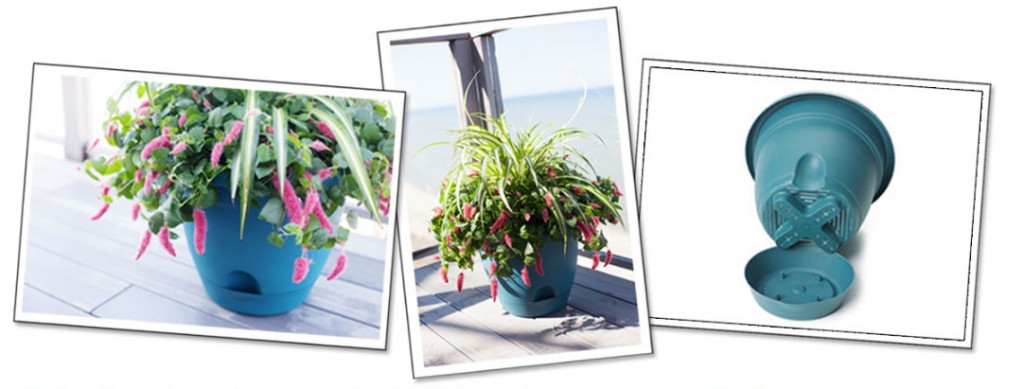
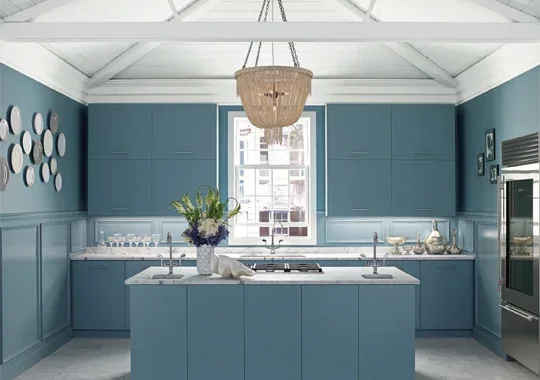
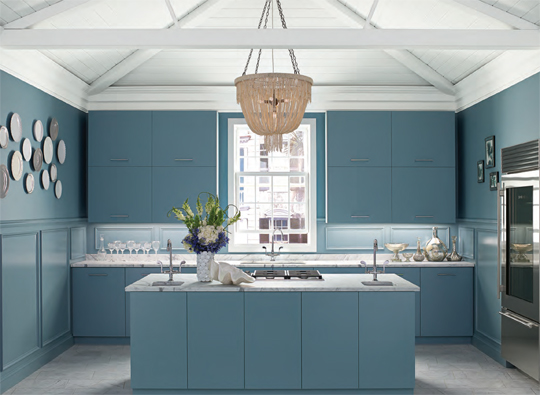
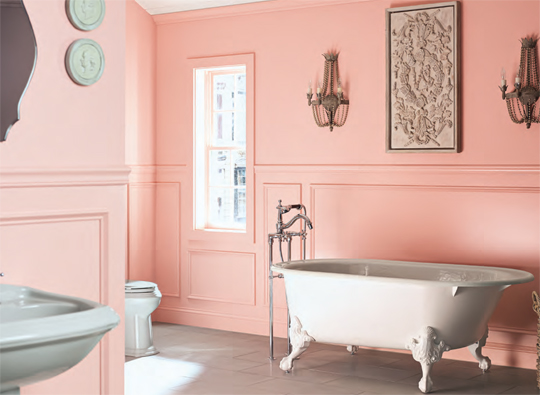 Inspired by the rich, distinctive architecture of historic southern towns, this elegant design palette pulls together soft pinks, saturated blues, and cloudy grays—along with sparkling details for a sophisticated look that can be customized for any home.
Inspired by the rich, distinctive architecture of historic southern towns, this elegant design palette pulls together soft pinks, saturated blues, and cloudy grays—along with sparkling details for a sophisticated look that can be customized for any home.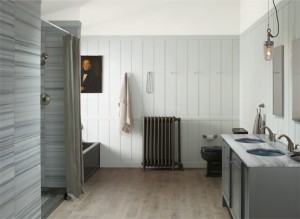 Inspired by the swelling blend of misty blues that line the sea and sky along the eastern seaboard, this beautiful palette features pale greens and blues. Light earthy tones add to the fresh, tranquil feel. In this bathroom, the walls are painted in
Inspired by the swelling blend of misty blues that line the sea and sky along the eastern seaboard, this beautiful palette features pale greens and blues. Light earthy tones add to the fresh, tranquil feel. In this bathroom, the walls are painted in 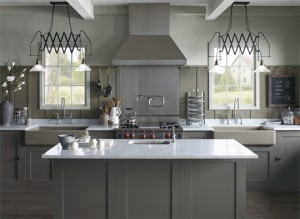 Inspired by the wondrous beauty of a well-worn, wind-beaten farmhouse, this palette features rich grays and taupes along with deep, complex neutrals. In this kitchen, the walls are painted in Stonington Gray HC-170 using
Inspired by the wondrous beauty of a well-worn, wind-beaten farmhouse, this palette features rich grays and taupes along with deep, complex neutrals. In this kitchen, the walls are painted in Stonington Gray HC-170 using 